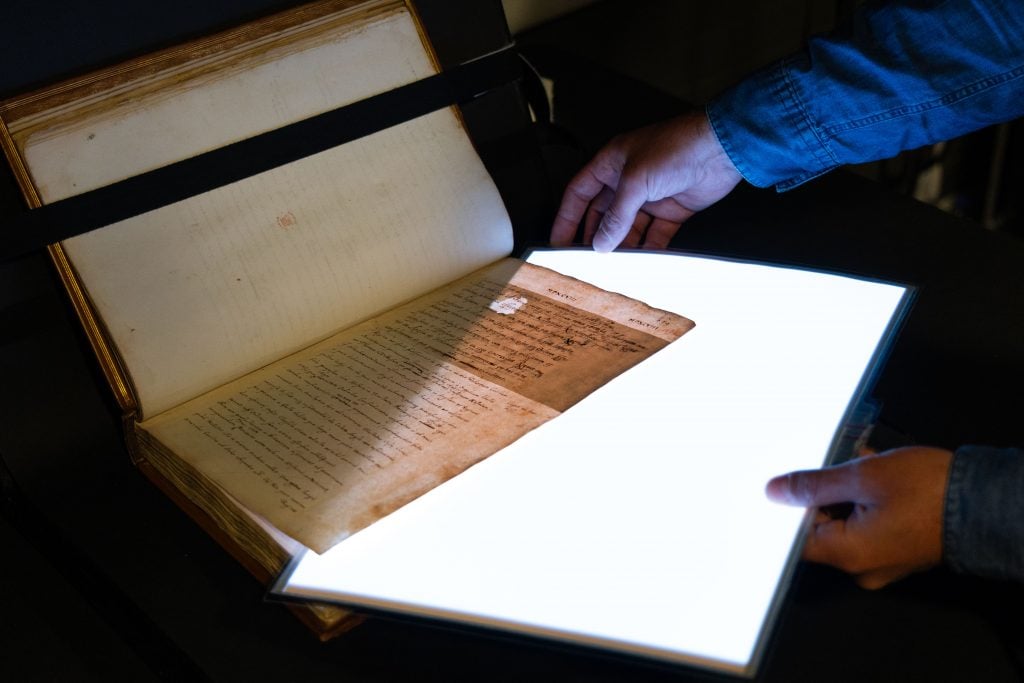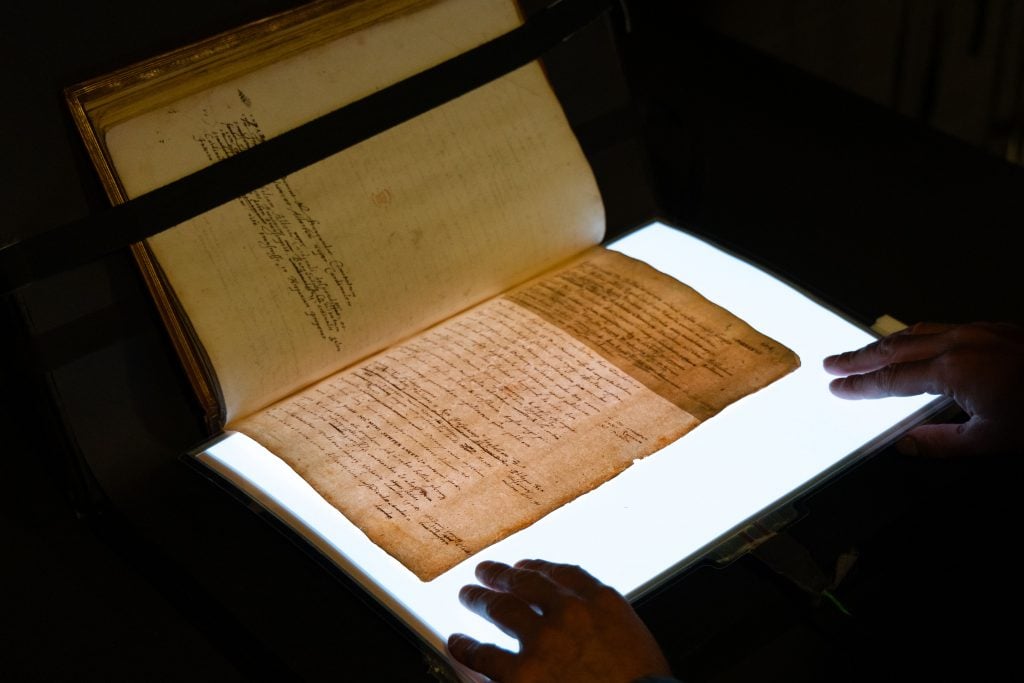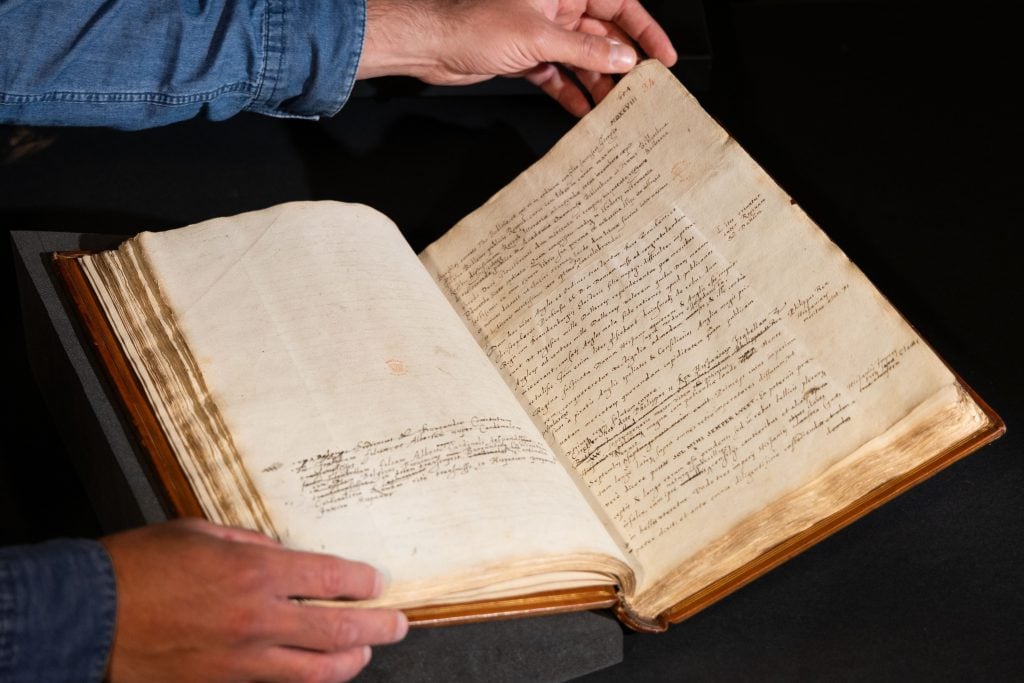Archaeology & History
The British Library Has Discovered Scandalous Details Censored From the Official Account of Elizabeth I’s Reign
A man named Valentine Thomas confessed to having been sent to murder Elizabeth.

A man named Valentine Thomas confessed to having been sent to murder Elizabeth.

Adam Schrader

The British Library has found censored details in the official account of Elizabeth I’s reign which suggest that King James I may have tried to have her assassinated and that he fabricated an account in which she named him her successor.
Researchers led by University of Oxford doctoral student Helena Rutkowska are using new imaging technology to pour through William Camden’s Annals, described as the first history of Elizabethan England, according to an announcement from the British Library, which is the U.K.’s national library.
Camden’s annals were started under Elizabeth’s reign but were continued after her death under the commission of James I. the national library of the United Kingdom,
Camden would paste new pieces of paper over the original text, written in Latin, and extensively revised his wording to take more neutral tones and protect himself from “any allegations of bias,” the British Library said. His annals have long been considered impartial and accurate.
However, Camden did fabricate an account of Elizabeth naming James I her heir, seemingly to make his succession look predetermined.

A lightsheet used to reveal hidden text in one of the manuscripts of Camden’s Annals:. Photo courtesy of the British Library board.
Other passages Camden altered related to the death of King Philip II of Spain and Portugal and disputes with Pope Pius V and the Vatican.
The hidden text of the Camden annals shows that, in 1598, a man named Valentine Thomas confessed to having been sent to murder Elizabeth by James I, who at the time was King James VI of Scotland.
The British Library said the newly discovered passages show Camden tried to keep the alleged assassination plot in the annals. He ultimately softened the language to read that Thomas had accused the Scottish king of “ill affection towards the Queen.”
“James had never plotted against Elizabeth, but he was highly sensitive to any slander against him, having sent other writers to prison for offending him,” the British Library said in a statement.

An opening from one of the manuscripts of Camden’s Annals. Photo courtesy of the British Library Board
James became the king of Scotland in 1567 when his mother—Mary, Queen of Scots—was forced to abdicate the throne. He would later become King James I of England, ruling both countries separately, as well as Ireland, after the death of the childless Elizabeth in 1603.
The annals end with Elizabeth I’s obituary, in which she is said to have named James as her successor on her deathbed.
“Analysis of the manuscript drafts shows that the deathbed scene was a fabricated addition that Camden did not intend originally to put into his history,” the British Library said.
“He presumably included it to appease James, so that his succession looked more predetermined than it had actually been. Elizabeth was too ill to speak in her final hours and no other historical evidence points to this deathbed scene being true.”
Researchers are still analyzing the manuscript drafts in detail and translating the texts from Latin into English.